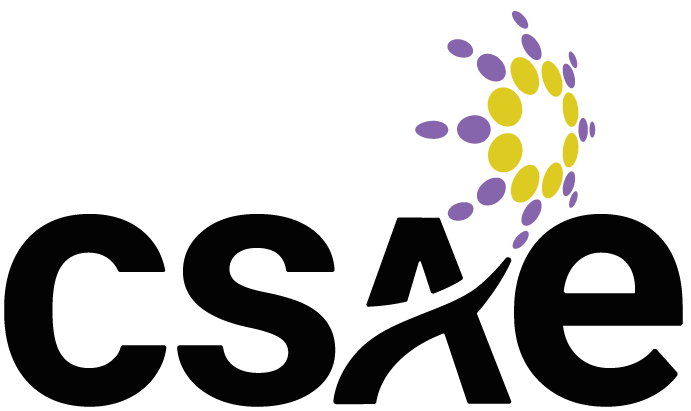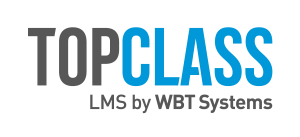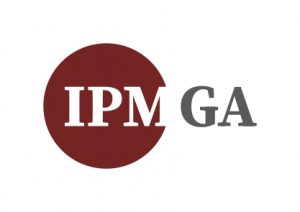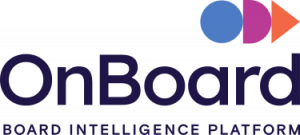Replace the Dreaded Annual Reviews with a System that Promotes Engagement, Accountability and Retention: Competency-Based Performance Reviews

Use competency-based methods in your systems for recruiting, managing performance, learning and training.
While studying business in my undergrad years, I was stunned to learn that eight out of 10 employees were unhappy in their jobs. Sadly, those figures have not wavered much over the last decades and I have made it my mission to make a difference and to change those statistics. Today, organizations are facing higher levels of turnover, low productivity and a less-than-admirable culture. There are many causes of these results, and many organizations and business owners are scrambling to see what magic pill they can take to resolve these issues. I’d like to discuss one system that has had a stellar impact to reduce turnover, increase employee motivation and accountability, improve informative communication, recruit the best talent and increase productivity.
Performance management has been by far, one of the most difficult tasks of a human resources manager. When asked, many employees look forward to an annual performance review with as much enthusiasm as a visit to the dentist for a root canal. Yet, there must be a method to determine how well a person is progressing in their role and a measure that indicates whether the organization’s goals are being met.
Currently, most businesses rely on a person’s skill set and education to determine whether they are a good fit for a position. However, there are better strategies to implement that aid in recruiting and maintaining the best talent. Researchers have determined that training a new recruit does not necessarily guarantee competence and achievement in one’s job. An employee’s success also includes how they perform and achieve their goals, which is based on their behaviour. Managers need to track the level of competency in related areas and, if needed, provide the appropriate training. This is where competency-based performance reviews come into the picture.
I first experienced competency-based evaluation and performance reviews when I did my masters in leadership at Royal Roads University (RRU). They based all our achievements on RRU’s core values and 14 values-based competencies. As a former educator, I was amazed at how effective this method was in validating my work, only providing my data (my assignments, research, reflections, etc.) to be assessed by my leadership mentor. Not only did this form of grading and assessment motivate me to the highest level of achievement, but I also had the pure satisfaction that I had met the goals of my courses. I was wholly accountable to learn and achieve more and I excelled in my productivity, time management, leadership, communication, flexibility and learning. As a result of my experience, I have incorporated competency-based methods in my systems for recruiting, managing performance, learning and training.
In a nutshell, the purpose of competency-based performance focuses on an individual’s behaviours, personality traits, motivators and skill level. Together these attributes are referred to as competencies and take into account a person’s individuality and incorporate the needs of their job. Management can identify the employee’s existing competencies and determine what still needs to be addressed to improve their performance.
Identifying competencies requires setting up a list of expected capabilities, skills and behaviours required for each job. Some competencies would be present in every position, whereas others would depend on the skills required for the job.
Competencies for consideration include:
- Organizational competencies
- Core competencies
- Functional competencies
- Technical competencies
- Behavioural competencies
- Management competencies
Right from the start, the employee is fully aware of the goals and expectations, which can be measured by their behaviour and achievement levels. They will need to prove their competency during a review with data that measure their level of achievement and progress. A manager does not need to have a prescribed annual review, but can use this method at any time for a progress evaluation. During the review, the manager can provide feedback about the behaviours of the individual in addition to the achievement level of their goals.
With frequent short check-ins, both the employer and employee will be able to share a mutual interest in the growth of the organization, thanks to the employee’s contributions and growth. This helps increase employee engagement and the overall culture of the organization. Organizations will see a positive difference in retaining their best talent and increasing productivity and profit margins.




















